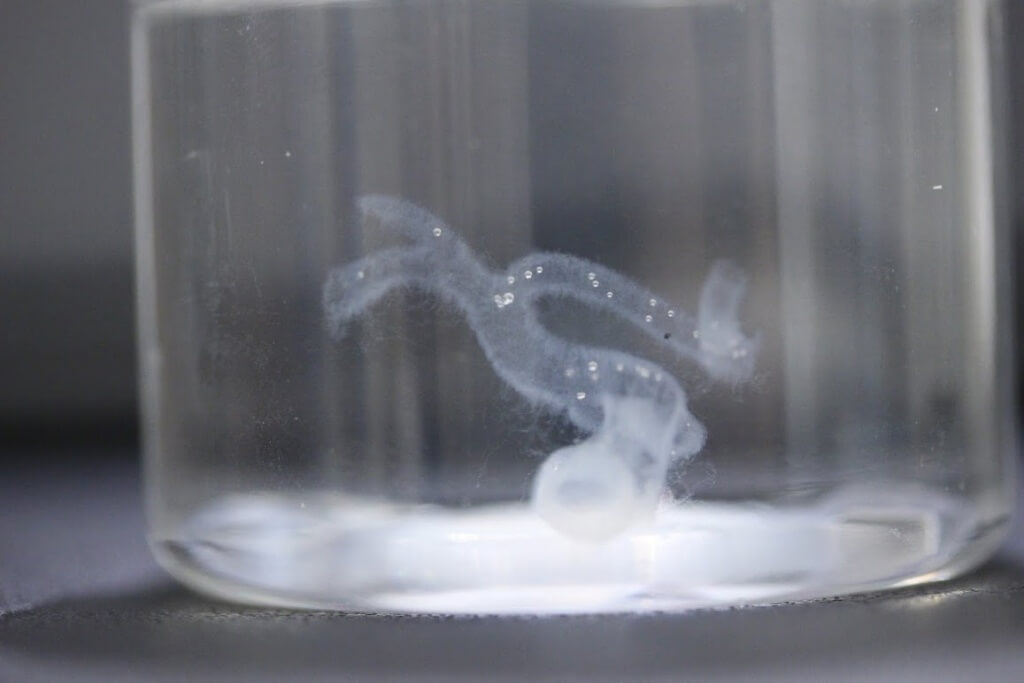
In Future bio-fabrication of human tissues using three-D printing techniques.
In Future bio-fabrication of human tissues using three-D printing techniques.
A FUTURE TECH INTERVIEW WITH DANNY CABRERA, FOUNDER + CEO OF BIOBOTS
three-D printing has come an extended way from the days of printing plastic prototypes. Today, multi-fabric additive printing the use of a variety of substances, inclusive of metals, is becoming common. What you may now not be aware of are the speedy advances inside the bio-fabrication of human tissues using three-D printing techniques.
In this Future Tech video interview, I’m speaking me with Danny Cabrera, the co-founder, and CEO of BioBots — a US begin-up that sits at the intersection of pc science, biology, and chemistry. They’ve designed 3D bio-printers and bio-inks that are unleashing a bio-fabrication revolution.
Video Source from Shara Evans
Danny became reading Computer Science and Biology on the University of Pennsylvania whilst he found out that the gear being used for biology have been designed around middle technology from 150 years in the past — particularly, the conventional tissue tradition, which grows cells on a flat surface, and produces a monolayer of cells. It’s excellent for doing experiments, however, it has not anything to do with what’s absolutely taking place interior of a human body, where cells have interaction with one another and tissue materials in 3-d space.
Additionally, there weren’t lots occurring in biology with automation and taking gain of related gadgets and the Internet of Things.

Image Source from Shara Evans
Danny began working on a three-D bio-printer to resolve those issues as part of an academic undertaking, which in the long run led to the introduction of BioBots. It’s a charming story of getting a high-quality concept and following via to make it an industrial reality.
BioBots looks like a conventional 3-d printer. It’s a tool that has an extruder that movements in X, Y and Z axes. What’s exciting is that “ink” is a solution of biocompatible substances (unique substances for extraordinary tissue types). It’s much like how an inkjet printer holds exclusive colored cartridges for printing in different colors.
PRINTING AND GROWING HUMAN TISSUE

Image Source from Shara Evans
BioBots printers are being utilized in research labs around the arena to develop many distinct tissues. For instance, researchers have designed a fibrosis version to expose what takes place with thrombosis inside of a human body. By flowing human blood through those bio-revealed fashions scientists can check new drugs or new compounds and study them in methods that could be missed with a flat 3-D mobile lifestyle, or an animal take a look at. You can see whether or no longer a drug is likely to be powerful in the clinical trial, earlier than you go through the fee of an actual trial.

Image Source from Shara Evans
Imagine, inside the no longer too distant future, going into your medical doctor’s workplace and testing proposed prescriptions on a bio-printed version of your own cells.
We’re nevertheless inside the early degrees of growing this progressive generation. At some level in the future, it’s pretty probable that we’ll be able to bio-print complete human organs. Stay tuned!
With Inputs from Shara Evans

One thought on “In Future bio-fabrication of human tissues using three-D printing techniques.”
There weren’t lots occurring in biology with automation and taking gain of related gadgets and the Internet of Things.